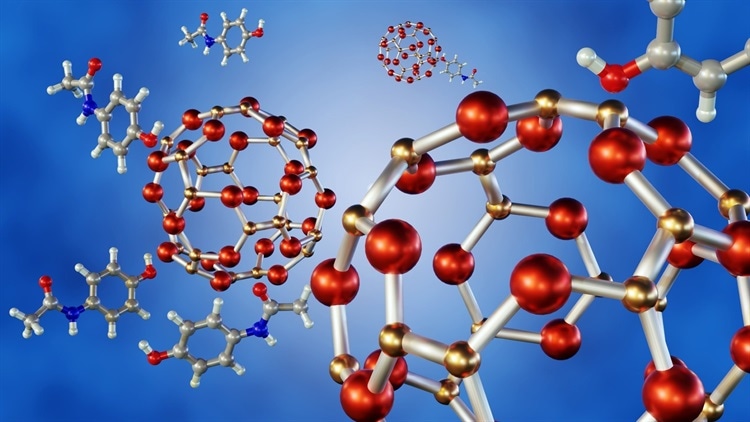Unraveling Resistive Switching in 2D Materials: Real-Time Optical Insights into hBN Memristors

Author: Quantum Server Networks
Original article: AZoNano News
Revolutionizing Memristive Devices with Real-Time Optical Diagnostics
The next generation of neuromorphic computing and memory storage may depend on materials as thin as a single atomic layer. A new study published in Small highlights the use of a fully optical, operando approach to investigate resistive switching in monolayer hexagonal boron nitride (hBN) memristors—showcasing how photonic and electronic techniques can merge to unveil nanoscale phenomena in real time.
Resistive Switching and the Role of Defects
Memristive switching involves transitioning between high-resistance and low-resistance states, typically via the formation and rupture of conductive filaments (CFs). In conventional dielectrics, these filaments result from metal ion migration or defect cluster formations. In atomically thin 2D materials like hBN, however, the dynamics shift—defects such as boron vacancies or grain boundaries become critical sites for filament growth and switching.
A Plasmonic Approach to Memristor Characterization
The team implemented a vertical, two-terminal hBN device structure enhanced with plasmonic nanostructures—specifically an 80 nm gold nanoparticle (AuNP) placed atop a monolayer hBN sheet on a gold substrate. This nanoparticle-on-mirror (NPoM) configuration not only enabled electrical characterization but also leveraged localized surface plasmon resonances (LSPRs) to boost optical signal sensitivity.
Using a custom optical setup that combined photoluminescence (PL) and dark-field (DF) scattering, researchers monitored the evolution of resistive states under applied voltage. Concurrent finite-difference time-domain (FDTD) simulations modeled the plasmonic behavior and provided theoretical validation for the spectral shifts observed.
Key Findings: Linking Optical Signatures to Filament Formation
- Photoluminescence Shifts: Transitioning from high-resistance to low-resistance states triggered a marked increase in PL signal near 620 nm, indicating local electronic structure changes associated with filament formation.
- Dark-Field Redshift: A redshift in scattering spectra confirmed changes in the refractive index—by nearly one unit—consistent with metal ion migration and conductive filament growth.
- Gradual Dynamics: Observations supported a defect-mediated, gradual switching mechanism, as opposed to abrupt structural failure—aligning with theories of defect-assisted ion transport.
Implications for Neuromorphic and Nanoelectronics
This study provides the first real-time, non-destructive observation of resistive switching in monolayer hBN, enabled by enhanced optical techniques. The insights suggest that carefully engineered defects in 2D materials can be harnessed for reliable memristive behavior—paving the way for nanoscale devices with enhanced speed, energy efficiency, and scalability.
The application of LSPRs and optical operando techniques could be extended to a broader class of 2D materials, allowing researchers to study switching, ion migration, and local electronic effects without damaging the device structure.
Conclusion: A Vision for Transparent and Flexible Memory
As electronics shrink further into the realm of 2D, understanding their switching dynamics becomes critical. This work offers a roadmap for integrating hBN-based memristors into advanced computing platforms by illuminating the invisible processes that govern their operation. Future work may explore alloyed nanoparticles, multi-wavelength spectroscopy, and temperature-dependent switching behavior to further refine this promising class of devices.
Reference:
Kelly, D. M., et al. (2025). "Understanding Volatile Electrical Switching in hBN Nanodevices by Fully Optical Operando Investigation." Small. DOI: 10.1002/smll.202410569
Tags:
#hBN #Memristors #2Dmaterials #Plasmonics #NeuromorphicComputing #OpticalDiagnostics #Nanoelectronics #Photoluminescence #ResistiveSwitching #QuantumServerNetworks

Comments
Post a Comment